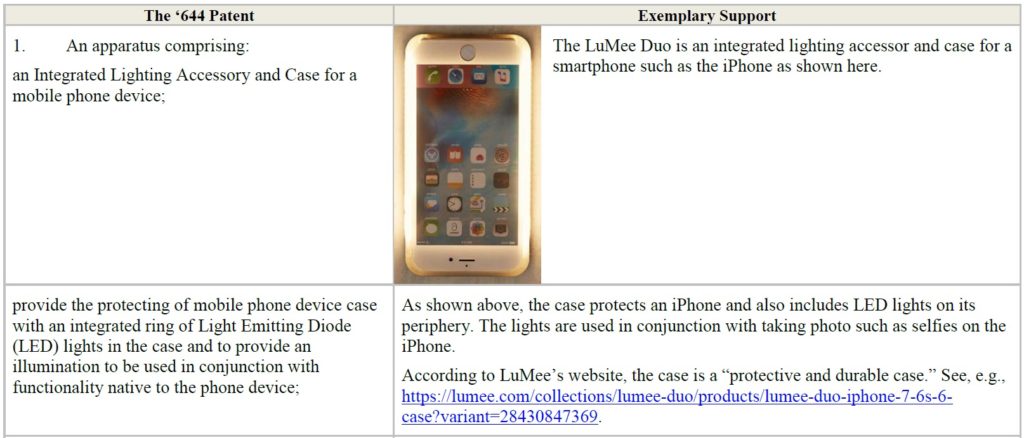In Commscope Technologies LLC v. Dali Wireless Inc., [2020-1817, 2020-1818] (August 24, 2021) the Federal Circuit reversed the district court’s denial of JMOL of no infringement of U.S. Patent No. 9,031,521, and affirmed denial of JMOL of invalidity.
U.S. Patent No. 9,031,521, relates to wireless communications with portable equipment and handsets, such as mobile phones. The claim limitation at the center of the parties’ infringement dispute is the first step in the claimed operating phase: “switching a controller off to disconnect signal representative of the output of the power amplifier.” On appeal CommScope argued that Dali failed to present evidence proving that the FlexWave meets the district court’s construction of the claim term “switching a controller off.” The Federal Circuit agreed.
Dali argued that the claim term “switching a controller off” meant “switching a controller to an off status,” and no further definition was needed. CommScope, on the other hand, proposed that the claim term meant “[s]witching a controller to a nonoperating state.” The district court agreed with CommScope, drawing a distinction between: (1) when the controller is turned off and (2) the effect on the system of turning the controller off.
Dali argued (in a footnote) that CommScope’s position was nonsense. The Federal Circuit said that “an argument that is only made in a footnote of an appellant’s brief is forfeited.” Further, even if the argument were in the body of the brief, it was insufficiently developed. Finally, and most importantly, the s irreconcilable with Dali’s statements in other portions of its brief. Thus the Federal Circuit turned to the issue of infringement. The Federal Circuit pointed out that Dali’s expert’s testimony never states that either the switch or the controller is rendered “nonoperating,” thus does not provide substantial evidence to support the jury’s finding that the accused product meets the district court’s claim construction. Not only was there a lack of evidence to show that the accused product met the proper construction of the claims, there is unrebutted evidence showing the opposite. CommScope points to the testimony of its expert, who testified that both the switch and the controller are continuously operating.
The Federal Circuit said that the burden is on a patent owner to show that “the properly construed claim reads on the accused device exactly.” CommScope’s reliance on the claim terms as construed by the district court is not “hairsplitting,” as Dali argues, but instead properly shows that Dali failed to meet its burden at the district court and that no reasonable jury could have found otherwise. Dali presented only a literal infringement case, and not a doctrine-of-equivalents alternative. Thus, Dali’s argument that the accused switch/controller is effectively “nonoperating” because it is not passing a feedback signal of the power amplifier of interest is irrelevant because Dali failed to produce evidence below to show that the accused controller is literally nonoperating, as the district court determined was required by the claim.
Finally, Dali’s arguments on infringement cannot stand in view of its arguments of no anticipation. For these reasons, the Federal Circuit reversed the district court’s denial of CommScope’s motion for JMOL of no infringement of the ’521 patent and affirmed the judgment of the district court in all other respects.

